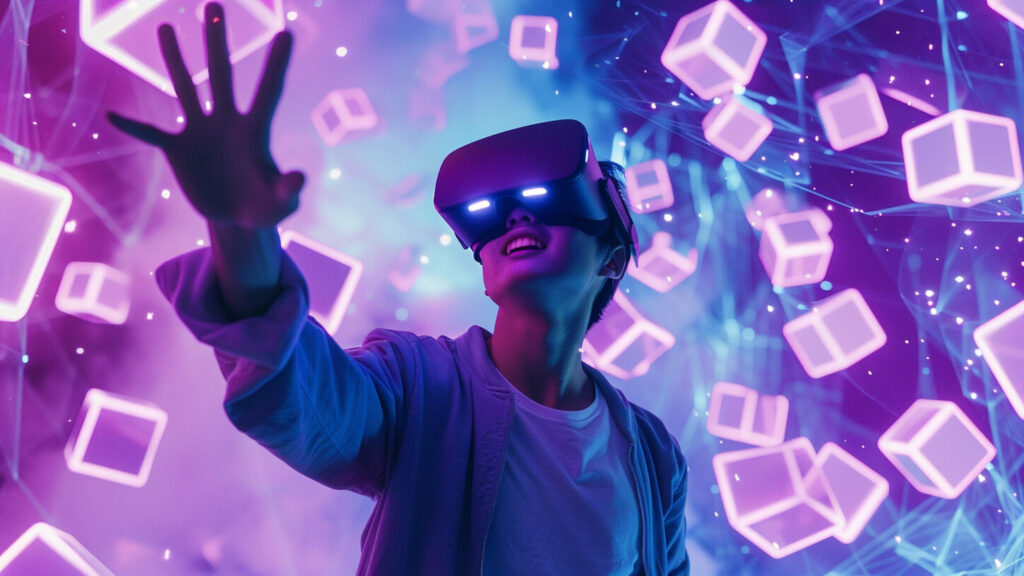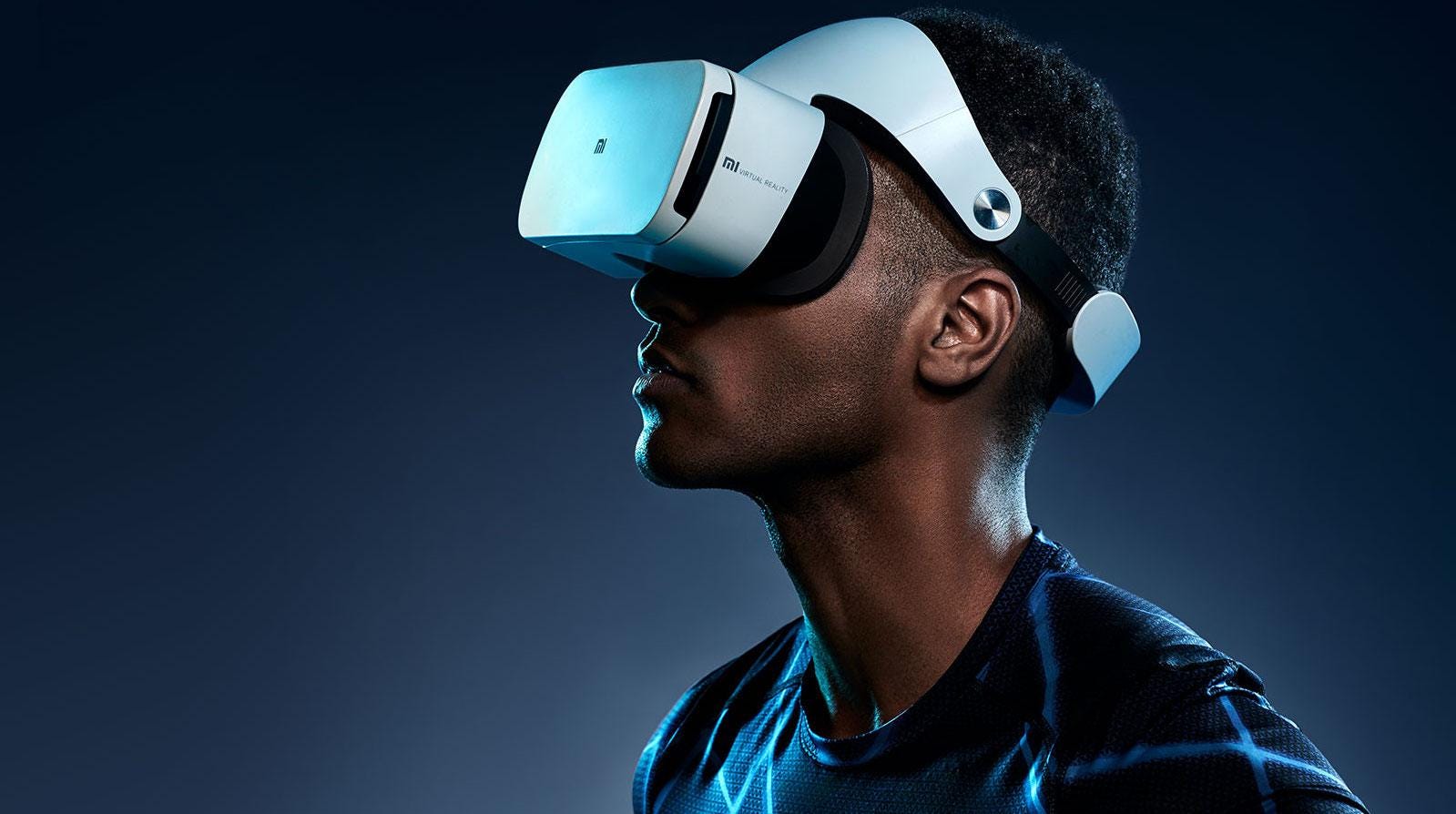Virtual Reality (VR) is evolving at a rapid pace, shaping industries and redefining how we experience digital worlds. By 2025, VR will be more accessible, powerful, and impactful than ever. From advancements in hardware to groundbreaking applications, let’s explore the top 10 VR trends expected to dominate the near future.

Virtual Reality Trends
1. Standalone VR Devices Take Over
Gone are the days when VR relied heavily on high-end PCs or gaming consoles. Standalone VR headsets, like the Meta Quest series, are leading the way with built-in processors, sensors, and storage. By 2025, these devices will feature enhanced battery life, 4K displays, and lightweight designs, making VR even more portable and user-friendly.
2. 5G and Cloud VR Streaming
With the rollout of 5G networks globally, VR streaming will reach new heights. High-speed, low-latency connectivity will enable users to access VR experiences directly from the cloud, eliminating the need for powerful local hardware. Services like NVIDIA CloudXR are paving the way for cloud-based VR gaming and enterprise solutions
3. VR Meets Artificial Intelligence (AI)
AI will significantly enhance VR experiences by enabling smarter virtual environments. AI-powered VR will deliver:
- More realistic NPC (non-player character) behavior in games.
- Personalized virtual training programs.
- Voice-controlled interactions in virtual spaces.
For example, AI chatbots integrated into VR can act as guides in virtual tours or tutors in education-based VR experiences.
4. Social VR Platforms Expand
Virtual social spaces are becoming the new norm for connecting and collaborating. Platforms like Horizon Worlds, VRChat, and Rec Room are gaining traction as immersive alternatives to social media and video conferencing. By 2025, these platforms will offer more realistic avatars, customizable environments, and seamless integration with other digital services.
5. Enterprise VR and the Metaverse
VR is set to revolutionize workplaces through the rise of the metaverse—a shared, persistent digital space. Businesses will use VR for:
- Virtual meetings and collaboration: Platforms like Spatial allow teams to work together in 3D environments.
- Employee training: VR simulations for industries like healthcare, manufacturing, and aviation will become standard.
- Virtual retail: E-commerce will embrace VR showrooms where customers can browse and “try on” products.
6. Immersive Fitness and Wellness
Fitness-focused VR applications will continue to grow in popularity, combining entertainment with exercise. Platforms like Supernatural and FitXR already offer VR workouts, and by 2025, these experiences will include haptic feedback, heart-rate monitoring, and personalized coaching. VR meditation and wellness apps will also offer immersive relaxation experiences tailored to users’ mental health needs.
7. Advanced Haptic Feedback and Wearable Tech
Haptic feedback technology will evolve to make virtual interactions feel more tangible. By 2025, expect widespread use of haptic gloves, suits, and even shoes that simulate touch, temperature, and texture. Innovations like Teslasuit and HaptX are already leading this charge, enabling users to feel sensations like resistance, pressure, or even wind within virtual worlds.
8. Ultra-Realistic Graphics and Spatial Audio
Real-time rendering and advanced graphics engines like Unreal Engine 5 will make VR environments indistinguishable from reality. Coupled with spatial audio, where sound adapts to your virtual position, these advancements will create an unparalleled sense of immersion. By 2025, VR experiences will feel as vivid as stepping into a movie or video game in real life.
9. VR in Education and Training
Education will continue to benefit from VR’s ability to simulate environments and scenarios:
- Students will explore historical landmarks or distant planets without leaving their classrooms.
- Professionals in industries like healthcare and construction will use VR for skill development in safe, simulated conditions.
By 2025, VR will be a mainstream tool for learning across age groups and industries.
10. Healthcare Innovations Through VR
Healthcare applications of VR will reach new milestones by 2025, including:
- Virtual therapy: VR will be used to treat PTSD, anxiety, and phobias through controlled exposure and relaxation techniques.
- Surgical training: VR will enable surgeons to practice complex procedures with precision.
- Patient care: From pain management to distraction therapy, VR will enhance patient experiences in hospitals.
The Road Ahead for VR
The future of virtual reality is brimming with possibilities. As VR becomes more accessible and versatile, it will influence how we work, play, and connect with others. From lifelike simulations to transformative healthcare solutions, VR in 2025 will not just be a tool for entertainment—it will become a vital part of our daily lives.
Which of these trends are you most excited about? Share your thoughts in the comments below!

Leave a Reply